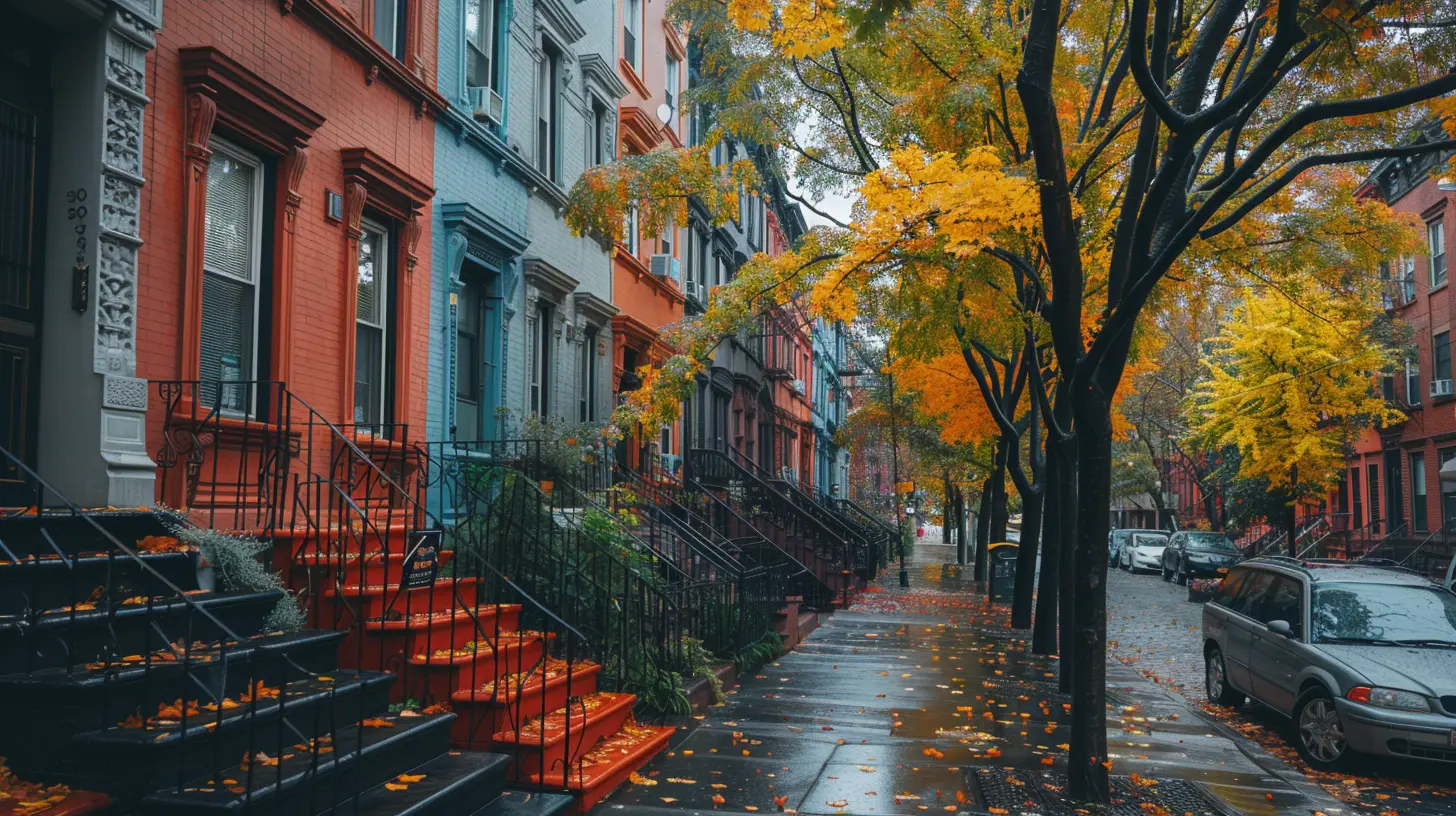What to Know About Renter's Insurance and Its Importance
16 July 2025
So, you've found the perfect place to call home, signed your lease, and are all set to move in. But have you thought about renter's insurance? If not, you're not alone—many renters overlook it, thinking it's unnecessary or too expensive. But here's the truth: renter’s insurance is one of the smartest investments you can make, and it’s much more affordable than you might think.
In this guide, we’ll break down everything you need to know about renter’s insurance, why it’s essential, and how it can protect you from unexpected financial disasters.

What Is Renter’s Insurance?
Renter’s insurance is a type of policy designed to protect tenants from unexpected losses. Unlike homeowner’s insurance, which covers the building itself, renter’s insurance focuses on your personal belongings and liability as a tenant.Think of it as a safety net for your stuff and peace of mind for your wallet. It covers things like theft, fire damage, water damage, and even personal liability if someone gets injured in your rental.

Why Is Renter’s Insurance Important?
You might be wondering: Do I really need renter’s insurance? After all, your landlord has insurance, right?Yes, but here’s the catch—your landlord’s insurance only covers the physical structure of the building. It does not protect your personal belongings or cover your personal liability.
Imagine this: A fire breaks out in your apartment building, and everything you own is destroyed. Without renter’s insurance, you’d have to replace everything out of pocket—your furniture, electronics, clothes, and more. That could cost thousands of dollars!
Renter’s insurance ensures that if disaster strikes, you won’t be left financially stranded.

What Does Renter’s Insurance Cover?
A good renter’s insurance policy typically includes three main types of coverage:1. Personal Property Coverage
This covers the cost of repairing or replacing your belongings if they’re damaged or stolen. Commonly covered situations include:- Fire or smoke damage
- Theft and vandalism
- Water damage from plumbing issues (excluding floods)
- Damage from severe weather conditions
Think about all the things you own—your laptop, TV, furniture, and even your clothing. If you had to replace them all at once, it would be a major financial burden. Personal property coverage ensures you won’t have to start from scratch in case of a disaster.
2. Liability Coverage
Accidents happen, and when they do, liability coverage can save you from hefty bills. This part of your policy covers:- Medical bills if someone gets injured in your rented space
- Legal expenses if you get sued for accidental damage or injuries
- Damage you accidentally cause to someone else’s property
For example, if your pet bites a guest or your overflowing bathtub damages the unit below, liability coverage helps cover the costs. Without it, you could be on the hook for thousands in damages or medical expenses.
3. Additional Living Expenses (ALE)
If your rental becomes unlivable due to a covered event (like a fire or severe water damage), ALE coverage helps pay for temporary living expenses, such as:- Hotel stays
- Temporary rentals
- Food and transportation costs
Imagine being displaced for weeks or even months—without ALE, you’d be footing the bill for all those expenses yourself.

What Renter’s Insurance Doesn’t Cover
While renter’s insurance covers a lot, it doesn’t cover everything. Here are some common exclusions:- Flood and earthquake damage: If you live in an area prone to these disasters, you’ll need separate policies.
- Pest infestations: Damage from bedbugs, termites, or rodents is typically not covered.
- Damage to the building itself: That’s your landlord’s responsibility.
Understanding your policy’s exclusions can help you decide if you need extra coverage for certain risks.
How Much Does Renter’s Insurance Cost?
Here’s some good news—renter’s insurance is surprisingly affordable! The average policy costs between $15 and $30 per month, depending on factors like:- Your location
- The amount of coverage you choose
- Your deductible (the amount you pay before insurance kicks in)
That’s roughly the price of a few cups of coffee each month for financial security and peace of mind!
How to Choose the Right Renter’s Insurance Policy
Not all policies are created equal, so it’s important to choose the right one for your needs. Here’s how:1. Take Inventory of Your Belongings
Estimate the total value of your possessions to determine how much coverage you need. An easy way to do this is by creating a list or using a home inventory app.2. Compare Policies from Different Providers
Get quotes from multiple insurance companies to find the best coverage at the best price. Some popular providers include:- State Farm
- Allstate
- Lemonade
- Progressive
3. Check for Discounts
Many insurers offer discounts if you bundle your renter’s insurance with other policies (like auto insurance) or if you have safety features like smoke alarms.4. Understand the Deductible
A lower deductible means higher monthly payments, while a higher deductible means lower monthly payments but more out-of-pocket costs when you file a claim. Choose a balance that works for your budget.Is Renter’s Insurance Required?
Legally, renter’s insurance isn’t required in most places. However, many landlords and property management companies do require tenants to have it as part of the lease agreement.Even if it’s not required, having renter’s insurance is a smart move. It provides essential protection that could save you from unexpected financial hardship.
How to File a Renter’s Insurance Claim
If something happens and you need to file a claim, follow these steps:1. Document the Damage: Take photos or videos of the damage or loss.
2. Contact Your Insurance Provider: Call or file a claim online as soon as possible.
3. Provide Necessary Documentation: You may need to submit receipts, police reports (for theft), or any other supporting documents.
4. Work with the Adjuster: Your insurer may send an adjuster to inspect the damage.
5. Receive Your Payout: Once approved, you’ll receive compensation to replace or repair your belongings.
Final Thoughts
Renter’s insurance isn’t just an unnecessary expense—it’s a small price to pay for big protection. Whether it’s covering your belongings, shielding you from liability, or helping with temporary housing, this affordable policy ensures you’re financially secure in the face of life’s unexpected moments.So if you haven’t already, take a few minutes today to get a renter’s insurance quote. It could save you thousands in the long run—and give you peace of mind knowing you’re covered when it matters most.
all images in this post were generated using AI tools
Category:
Rental PropertiesAuthor:

Kingston Estes
Discussion
rate this article
1 comments
Madison McNeely
“Essential peace of mind for renters!”
July 27, 2025 at 10:19 AM

Kingston Estes
Thank you! Renters insurance truly provides invaluable peace of mind, protecting your belongings and offering liability coverage.


